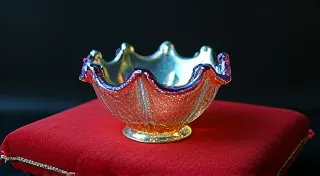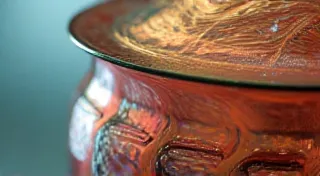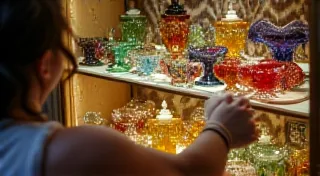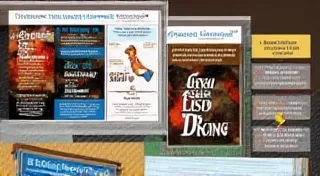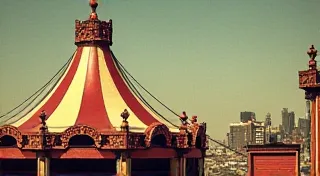Building a Carnival Glass Collection: A Step-by-Step Guide
So, you’re captivated by the iridescence, the swirling colors, and the history of vintage carnival glass. Welcome to a rewarding hobby! Building a carnival glass collection can be incredibly enjoyable, but it can also feel overwhelming for beginners. This guide provides a practical, step-by-step approach to help you build a collection you’ll be proud of.
Step 1: Understanding Carnival Glass Basics
Before you start buying, it’s vital to understand what carnival glass *is*. It's a type of pressed glass made primarily between 1905 and 1930, notable for its distinctive iridescent sheen. This iridescence isn't painted on; it's created by a chemical reaction during the manufacturing process. Different metal oxides layered on the glass's surface interact with heat, creating a rainbow-like effect.
Familiarize yourself with common terms like “fire-frosted,” “slurry iridescence,” and “oil spots.” These descriptions refer to specific types of iridescence and manufacturing techniques, which can influence value and desirability. There are a *lot* of patterns, so learning to distinguish between them is key. The way these colors are formed, particularly the complex processes related to slag glass formation, adds another layer of fascination for many collectors. For those interested in the science behind it all, exploring the Art of Carnival Glass Slag: Its Formation and Beauty can be incredibly insightful.
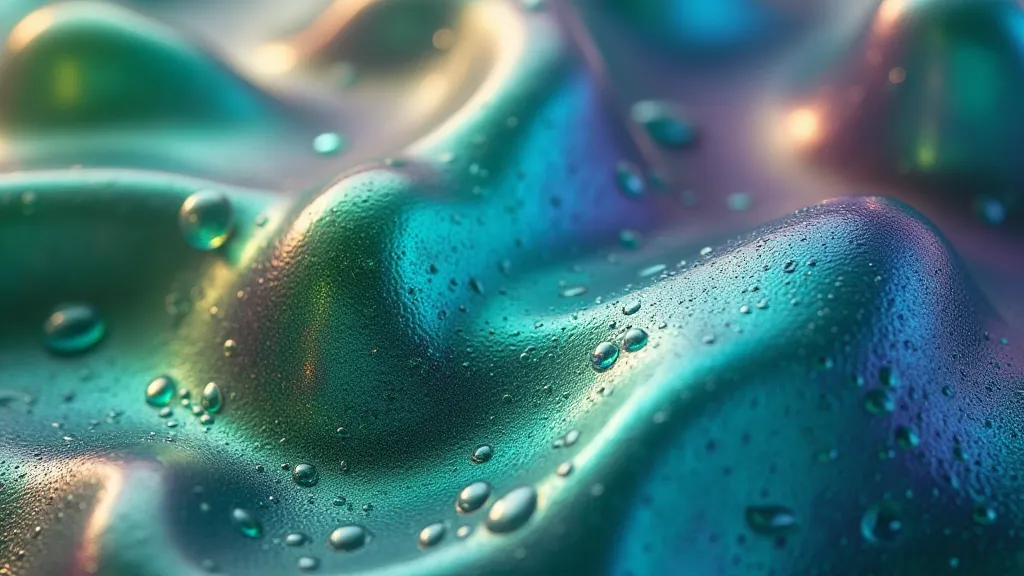
Step 2: Identifying Common Patterns & Colors
Carnival glass comes in a dizzying array of patterns and colors. While memorizing *every* pattern isn's necessary initially, getting acquainted with the most common ones will help you identify pieces and avoid costly mistakes. Popular patterns include Blacktone, Peacock, Tudor, and Venetian. The colors range from vibrant blues and greens to warmer tones like marigold and red.
The depth of color variations found in carnival glass is truly remarkable. Beyond simply recognizing a pattern, understanding the intricacies of its coloration is essential for a serious collector. Many find that delving deeper into the history of manufacturers like Fenton can provide invaluable context. The vibrancy and particular shades are often tied to specific production periods and techniques, and for those seeking a more in-depth understanding, articles like History of Fenton Carnival Glass: A Legacy of Beauty offer a detailed look at their contributions to the art form.
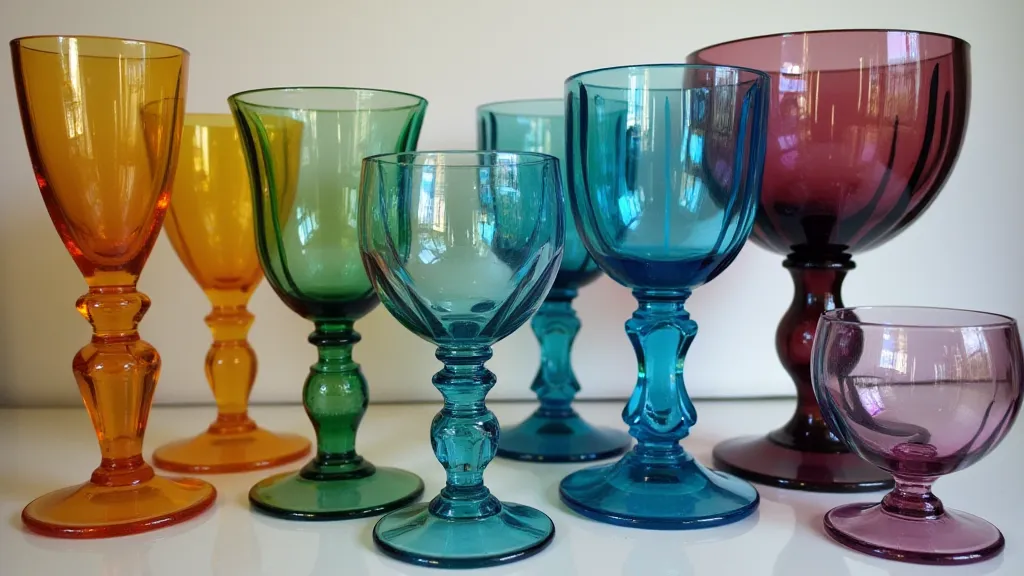
Step 3: Setting a Budget and Focusing Your Interests
Carnival glass prices vary widely, depending on rarity, pattern, color, condition, and size. Setting a realistic budget is crucial. Are you interested in acquiring a few exceptional pieces or building a larger, more diverse collection?
Consider specializing. Perhaps you’re fascinated by a specific pattern (like Peacock) or a particular color (like marigold). Focusing your interests will help you become a more knowledgeable collector and potentially acquire better value for your money. The history and significance of specific manufacturers, like Fenton, is also an area of focus for many collectors. Learning about the techniques and innovations employed during their production runs can significantly increase appreciation and provide a competitive edge in the collecting process. This deep dive into the nuances of manufacturing and design further illustrates the importance of focused research, a skill that often separates novice collectors from seasoned veterans.
Step 4: Finding Carnival Glass for Sale
Here’s where the hunt begins! Here are some avenues to explore:
- Antique Stores & Flea Markets: These are excellent places to find unexpected treasures, but require patience and a keen eye.
- Online Auctions (eBay, LiveAuctioneers): Offer a wide selection, but be sure to thoroughly research sellers and understand shipping costs.
- Estate Sales: Often a goldmine for vintage collectibles.
- Specialized Carnival Glass Dealers: Offer expertise and often have high-quality pieces, but at a premium price.

Step 5: Assessing Condition and Authenticity
Condition is a major factor in determining value. Look for chips, cracks, scratches, and repairs. “Fire-frosted” pieces can sometimes have characteristic “orange peel” texture, which isn't necessarily a defect, but something to be aware of.
Be wary of fakes. While reproduction carnival glass exists, it's usually of noticeably lower quality. Learn to identify hallmarks of genuine vintage pieces. Recognizing the nuances between authentic pieces and reproductions takes experience and a keen eye. This includes understanding the subtle differences in glass composition and manufacturing techniques. For collectors who wish to refine their skills, Advanced Carnival Glass Identification: Beyond the Basics provides in-depth information and tips on differentiating genuine pieces from modern reproductions.
Step 6: Research and Record Your Acquisitions
Once you're ready to purchase, take the time to research each piece. Identify the pattern, manufacturer (if possible), and estimate its value. Keep a detailed record of your acquisitions, including purchase price, source, and any relevant information. This meticulous record-keeping isn’t just about tracking investment; it's about building a comprehensive understanding of your collection and its history.
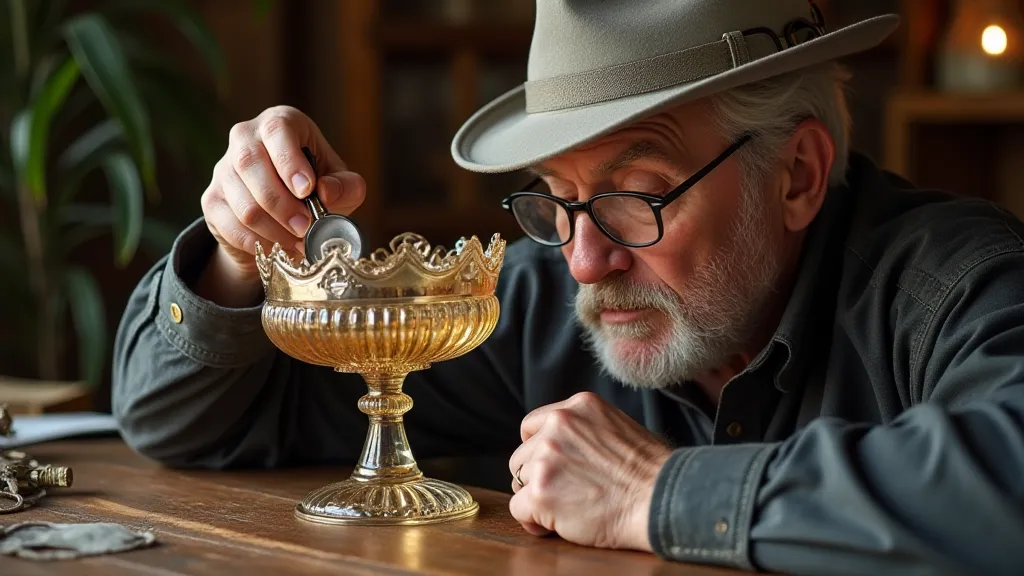
Step 7: Joining the Carnival Glass Community
Connecting with other collectors can enhance your enjoyment of the hobby. The National Carnival Glass Association (NCGA) is a fantastic resource. Join online forums, attend club meetings, and share your passion with like-minded individuals. Learning from experienced collectors can significantly accelerate your knowledge and appreciation for these beautiful pieces. The shared knowledge and experiences within the community can provide invaluable insights into recognizing rare variations and understanding the historical context of different pieces.
The world of carnival glass collecting is vast and rewarding. It’s more than just acquiring beautiful objects; it’s about delving into a fascinating history of glassmaking techniques, design aesthetics, and the cultural context of a bygone era. Understanding the science behind the iridescent effect, identifying subtle variations in patterns and colors, and appreciating the legacy of renowned manufacturers like Fenton creates a truly immersive and fulfilling experience.
For the dedicated collector, a thorough understanding of terminology is essential. While this guide has touched on some common terms, further exploration of specialized vocabulary can significantly enhance your knowledge. This includes understanding the differences between various iridescence types, such as fire-frosted, oil spotting, and slurry iridescence. The nuances in manufacturing processes also play a vital role, as different techniques can influence both the appearance and the value of a piece.
Beyond the tangible objects themselves, the history of carnival glass reflects a period of immense change and innovation in American society. The rise of mass production, the growing popularity of leisure activities, and the evolving tastes of consumers all contributed to the creation and appreciation of these vibrant pieces. By connecting with the historical context, collectors can gain a deeper understanding of the cultural significance of carnival glass and its enduring appeal.
Building a true appreciation involves understanding that the beauty of carnival glass isn’t solely aesthetic; it’s entwined with the technological and societal shifts that brought it into being. The evolution of glassmaking processes, the increasing affordability of manufactured goods, and a burgeoning consumer culture all coalesced to create a perfect storm for the rise of this iconic art form. For those wanting to understand these deeper connections, further investigation into the social and economic factors of the time is highly encouraged.
Ultimately, building a carnival glass collection is a journey of discovery. It requires patience, dedication, and a willingness to learn. But the rewards are immeasurable. From the thrill of the hunt to the satisfaction of acquiring a rare and beautiful piece, carnival glass collecting offers a unique and enriching experience for enthusiasts of all levels. And as your collection grows, so too will your understanding of the artistry, history, and enduring allure of carnival glass. The pursuit of this knowledge is, in itself, a significant reward for the dedicated collector.
